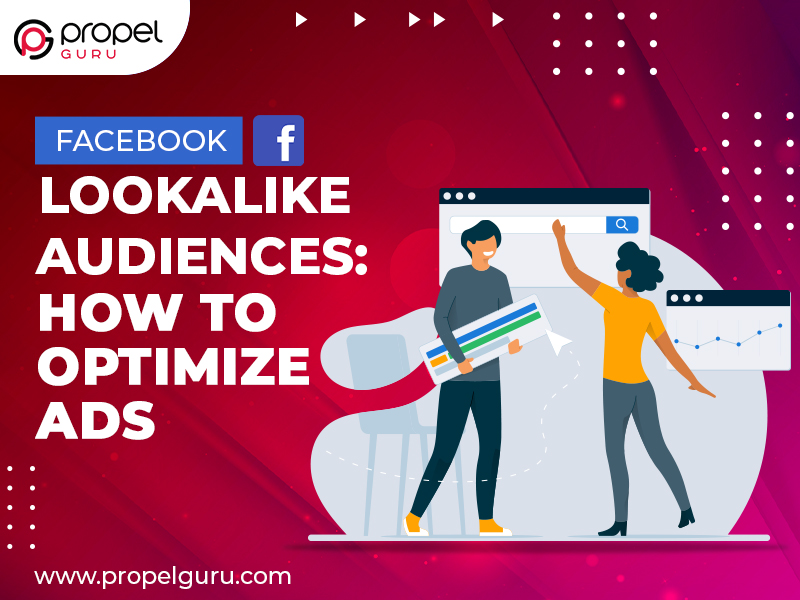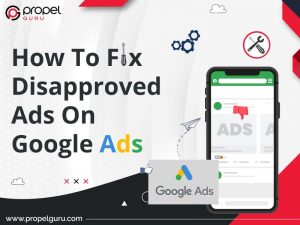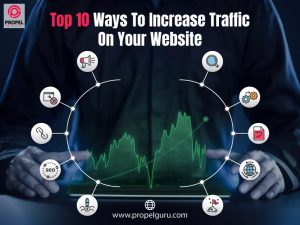Sharing is caring!
Advertisers can use a variety of targeting options on Facebook. On the one hand, the sheer number of alternatives can be a boon because it allows marketers to be more precise with their targeting on Facebook than they can anyplace else. On the other hand, it’s a wide range of riches if you already know who you want to target. For social media marketing consultants who aren’t sure, the abundance of possibilities may feel more like a burden, as it’s all too easy to waste and spend experimenting with different targeting combinations in the hopes of finding the best-performing audience segments.
Moreover, finding your target audience on Facebook can be a little challenging. Many attributes are needed to be considered while choosing your target audience, including gender, age, interests, and location. If you exclude any of these factors, the chances of engagement in your Facebook posts can be less. Also, your campaigns might not prove to be helpful enough.
The good news is that Facebook has a targeting tool that allows you to control who sees your posts. But, of course, the tool that we are talking about is Facebook lookalike audiences.
This comprehensive guide will help you know everything about Facebook Lookalike Audiences and how to optimize Facebook Ads using it.
What Is Facebook Lookalike Audience?
Facebook Lookalike Audiences enable marketers to take advantage of the massive amount of data Facebook has at their disposal to find the best-performing audiences without wasting time on trial and error.
This algorithm considers various aspects of information gathered by Facebook, information that goes beyond simple user input data and includes inferred qualities. Unfortunately, Facebook does not specify what is included in its Lookalike modeling. Still, it is safe to presume it contains likes, post interactions, and other observable online behaviors of a specific source audience.
Facebook then extends the patterns to create a bigger Lookalike audience of people who most closely reflect the patterns observed in the source audience. However, you must remember that since the Lookalike algorithm is a dark box, you must have some say over who ends up in your target audience because you do not explicitly specify the targeting parameters for each audience.
While Lookalike Audiences are ideal for marketers who have already run successful ads, they are also open to first-timers. This is due to Facebook’s ability to construct Lookalike Audiences based on:
- Audience who have followed and liked your business page
- Pre-existing custom audiences
- Conversion pixels that you’ve created previously
In addition to providing more accurate targeting by default, this format also enables more experienced advertisers with customization and flexibility. You can, for example, broaden your Lookalike Audience to your desire or keep new ad targets that are nearly identical to your own. If nothing else, Facebook does an excellent job of guiding advertisers through the process of creating a Lookalike Audience to ensure relevance.
Now that you are familiar with Facebook Lookalike Audience let’s get acquainted with the essential tips required to optimize ads.
1. Choose The Right Audience
Different custom audiences correspond to other purposes. For example, if you want to raise knowledge about your company, creating a Lookalike Audience based on your Page Fans can be a fantastic option. But, on the contrary, if you want to boost online sales, a Lookalike Audience based on website visitors is a superior option.
2. Introduce Creativity With Custom Audience
You can build bespoke audiences based on a variety of criteria. Then, drill down on the solutions that best fit your campaign’s objectives. Examples of Custom Audiences include:
Audience Of Video: Create an audience based on previously engaged people with your videos to launch a video-based campaign.
Recent Visitors To The Website: All website visitors may be a too broad group, especially if conversions are your goal. Visitors who have hauled at your website in the last 30 days, or visitors who have placed something in their shopping cart, should be targeted.
Send An Email To Your Audience: Newsletter subscribers want to hear about new products and special offers from your company. Use this audience to gain additional subscribers or if you are planning a similar-content campaign.
3. Examine The Size Of Your Lookalike Audience: Consider different audience sizes for various campaign objectives. Smaller audiences (1-5 on the scale) will be the most similar to your custom audience, while large audiences (6-10 on the scale) will enhance your potential reach while decreasing the amount of similarity with your custom audience. So, aim for a smaller audience if you’re aiming for likeness and go for a long reach.
4. Select High-Quality Data
The higher the quality of the data you supply, the better the outcomes. Between 1,000 and 50,000 people are recommended by Facebook. However, a group of 500 committed customers will consistently outperform a group of 50,000 good, terrible, and average consumers. Avoid using broad audiences such as “all website visitors” or “all app installers.” These vast audiences will comprise both loyal consumers and those who leave after a short period. Moreover, concentrate on the metrics that define who your best clients are. These are frequently found farther down the conversion or engagement funnel.
5. Stay Up To Date With Your Audience List
If you provide your customer information, make it as up-to-date as possible. For example, if you are using Facebook data to create a custom audience, include date range parameters. For example, if you create a bespoke audience based on website visitors, you might only want to reach those who have visited your website within the last 30 to 90 days. Furthermore, Lookalike audiences are dynamically updated every three to seven days so that any new visitors will be included in your Lookalike Audience.
Conclusion
Since the introduction of the ad platform, Facebook ad targeting has evolved substantially. While traditional performance marketing tells us to define and segment as much as possible to optimize at the most granular level possible, Facebook Lookalike Audiences throw that concept into question.
Less visibility and control are sacrificed for greater audience relevance and scope. This might be difficult to take for performance marketers aiming to squeeze every last drop of efficiency out of their campaigns. However, even when employing Lookalike audiences, we advocate relying on segmentation to improve performance even further. Thus, Lookalike audiences are an excellent approach to expand Facebook advertising much more rapidly and efficiently than manually researching and testing various targeting combinations.
Do you want to distinguish your firm, with high-quality standards, from your competitors? Then, get in touch with Propel Guru, where the team of experts will provide you with scalable solutions and effective lead generation services.



Indrajeet Agrawal
Head of Business Development & Consultant
A successful sales leader, Indrajeet has effortlessly led teams to successful deliveries by redefining business promotion, lead generation, email marketing, and a series of out-of-the-box sales and marketing techniques. Ability to work independently and with cross-functional teams and facilitating truly agile processes while seeking iterative improvement.
Hire Canada’s best Lead Generation & Email Marketing Company. Choose certified Sales Specialists from Propel Guru now.



